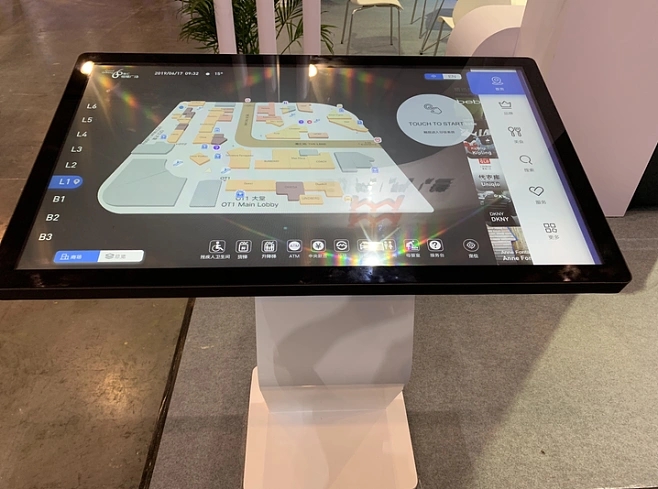release time:2023-03-16
When designing an intelligent guidance system for industrial parks, a series of key details need to be paid attention to to ensure the effectiveness, usability and user experience of the system. The following are details to pay attention to during the design process:

1. Demand analysis and positioning:
·Learn more about the size, layout and functions of the industrial park.
·Analyze user groups and determine the main users of the guidance system.
·Determine the positioning and goals of the guidance system, whether to provide navigation, information inquiry or other functions.
2. User experience design:
·Ensure that the interface design of the guidance system is intuitive, concise, and easy to understand and operate.
·Use navigation methods that conform to user habits, such as icons, text descriptions, etc.
·Consider the special needs of different user groups, such as the elderly, people with disabilities, etc.
3. Information display and update:
·Make it clear what information is displayed, such as maps, event announcements, important locations, etc.
·Ensure information is updated in real time, especially for temporary activities or changes within the campus.
·Use clear and easy-to-understand logos and icons to avoid confusing information.
4. Navigation algorithm and path planning:
·Optimize the navigation algorithm to ensure that the system can provide the shortest and most convenient path.
·Consider path planning for complex terrain or building structures that may exist in the park.
·Integrate real-time traffic information to avoid congestion and provide real-time navigation suggestions.
5. Multi-terminal adaptation and interconnection:
·Ensure the compatibility of the wayfinding system on different devices, including computers, tablets and mobile phones.
·Achieve interconnection and interoperability with other systems (such as park management systems and security systems) to improve overall efficiency.
6. Security and privacy protection:
·Use security encryption measures to protect users' personal information and navigation data.
·Consider safety requirements within the campus, such as providing emergency exit information in the event of an emergency.
7. System maintainability and upgradeability:
·Provide simple and easy system maintenance methods, including map updates, system upgrades, etc.
·Consider future expansion and upgrades to adapt to the development and changes of the park.
8. Energy consumption and environmental protection considerations:
·When designing an intelligent guidance system, consider its energy consumption and adopt energy-saving technologies.
·Use environmentally friendly materials as much as possible to reduce the impact of the system on the environment.
9. User feedback and improvement mechanism:
·Integrate a user feedback mechanism so users can report problems or suggest improvements.
·Collect user experience data regularly to carry out continuous improvement and optimization of the system.
·By paying attention to these details, the designed intelligent guidance system for the industrial park will better meet user needs, improve navigation efficiency within the park, and contribute to the sustainable development of the entire park.
